The 'underground treasures' which are like a gardener's game of chicken — hold your nerve, and the pay-off is spectacular
Growing plants specifically to harvest their roots takes faith, patience and nerve, explains Mark Diacono, but it's well worth the effort.

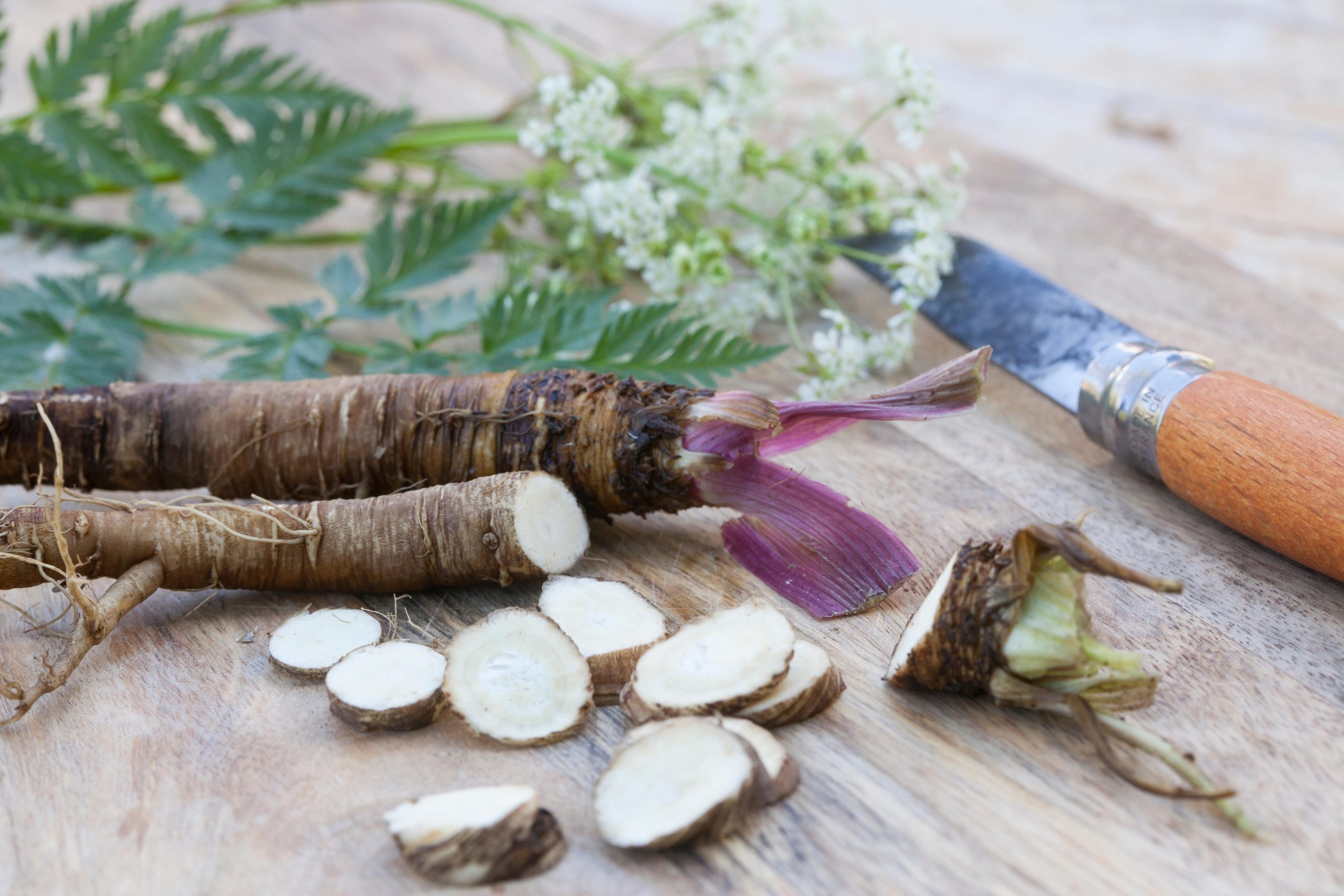
Growing anything that has a hidden harvest takes faith. You have to care for the plant, water it when it’s dry, weed and otherwise faff without the reassurance of a crop that’s maturing before your eyes: there are no flowers turning to apples, no beans fattening in the pod, no leaves growing to meet the knife. Even late on, you have to hold your nerve. Two weeks is a long time in the underground world — unpromising tubers and roots in October can transform into a bucketful by November.
Unsettling as it is, I grow an increasing variety of roots and tubers every year. As well as a few early potatoes, some lines of carrots and so on, I grow many little-known underground treasures that stay in the ground for most of the year, but the flavours are well worth your patience.
I owe Jane Grigson and her Vegetable Book for directing me to the first unfamiliar subterranean crop I ever tried: salsify. She promised me long, slender, pale roots that tasted of oyster and artichoke and, although oyster might be stretching things a little to my palate, those first roots fully delivered in pleasure. If I’m honest, I can’t distinguish any difference in flavour between salsify and its black-skinned sister, scorzonera: both taste of globe artichoke crossed with asparagus with a hint of the sea.
They are as easy to grow as carrots, although both prefer a deeper soil unless you’re happy to live with a few twists and forks. Salsify and scorzonera sometimes send lateral roots into the soil: once harvested in autumn and early winter, these are best lopped off with a knife before washing the soil off the roots.
Simmer the main roots, skin on, for 15 minutes or so, until they take the point of a sharp knife. When cooked, I plunge them into cold water, after which the skins slide off easily.
I usually chop them into two-inch pieces and push them around a pan with butter, finishing them off, when they are the slightest bit brown, with cream, parsley, salt, pepper and Parmesan. They are astonishingly good. Happily, other than being kept weed-free, they take little of your time once sown (direct in April has given me the best results).

If you are impatient to get on with it — as I am in spring — there are a couple of my favourite root vegetables that can be started in March. I finally got around to growing parsley root (also known as Hamburg parsley) years after I first heard of it — I presumed, with no evidence at all, that it was a bit of a dull parsnip-alike. It was only when I ate chervil root for the first time — and was totally bowled over by it — that I started to wonder whether I’d been missing out with parsley root all these years.
Exquisite houses, the beauty of Nature, and how to get the most from your life, straight to your inbox.
I added both to the vegetable-patch plan and neither has left it since. Both ask little but weeding of you, although chervil root does need a particular start. The seeds require eight weeks of cold to germinate, so I either sow direct in the soil in autumn or mimic winter by mixing the seed with damp sand and keeping in the fridge for eight weeks before sowing direct from March.
You can harvest either from as early as late September through to about January; I’ve found that, as with parsnips, the flavour improves after the shock of a frost. If you’ve ever wondered why that might be, it’s the plant — under stress — converting some of its stored energy (starches) into ‘now’ energy in the form of sugars.
Let me tell you that both chervil and parsley root roast really well and make even finer crisps: shave them fine with a potato peeler and fry in half an inch of hot vegetable oil for a few minutes, lift onto kitchen paper and shower in salt and pepper, with a little cinnamon if you fancy.
Mashua is a herbaceous climber from South America that produces beautiful, red/yellow tubular flowers. The leaves — which cascade to the ground if the plant is allowed to climb rather than scramble — look like more definite, sculpted nasturtium leaves and the young, soft leaves can be used in salads. The roots, which can be any shade between white, orange and deep red, taste very gently of aniseed, with a distinctive yet not too powerful pepperiness.
As with the other roots, mashua takes very well to being roasted, fried or boiled. I allow the tubers to develop into autumn, but harvest before the ground freezes. I’d suggest keeping a few tubers back for sowing the following year, to save buying more, as once you’ve tasted them, you’ll not want to be without.
Mark Diacono grows edibles, both usual and unusual, at Otter Farm in Devon — www.otterfarm.co.uk
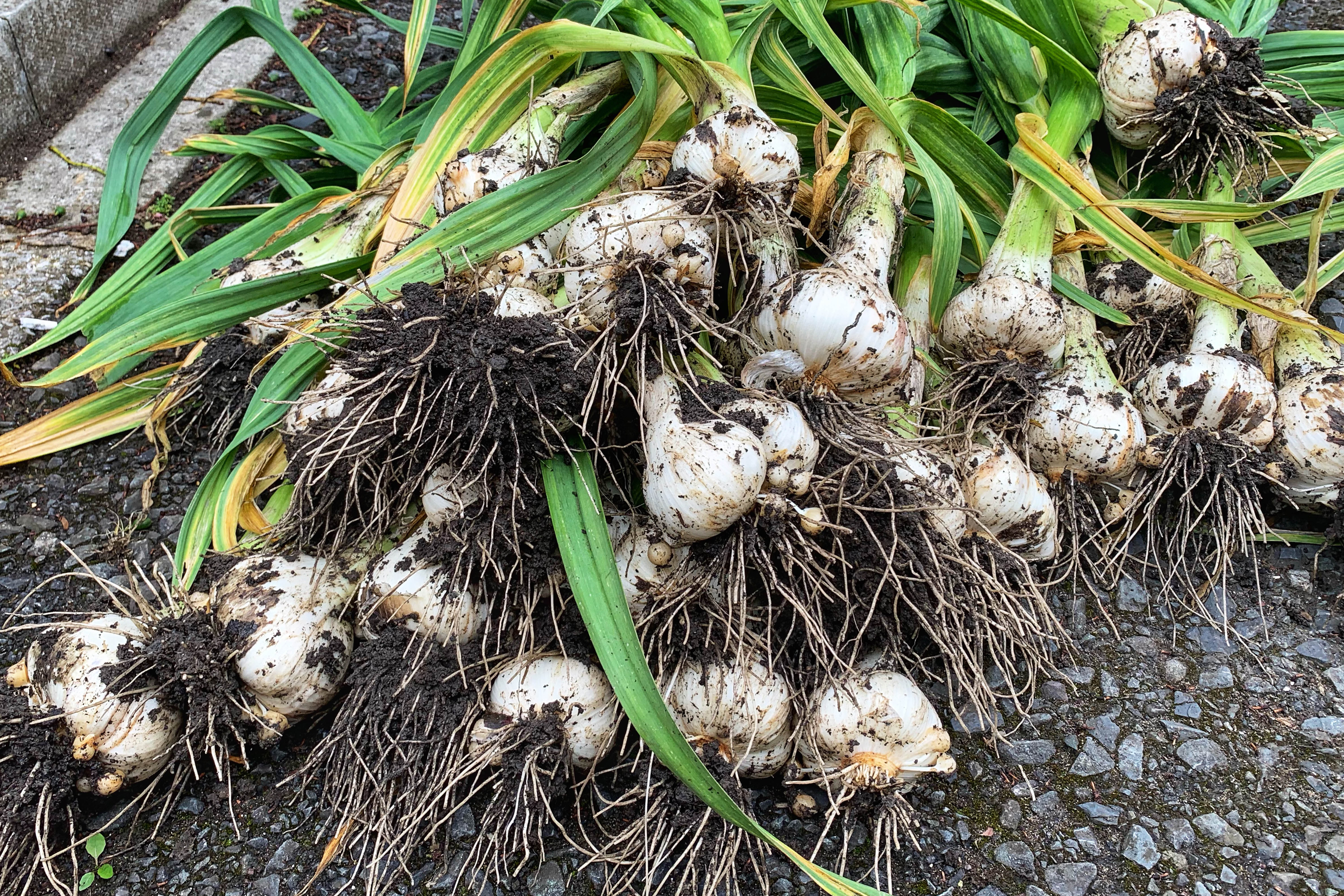
Credit: Getty Images
How to grow garlic: Delicious, lucky and superbly easy to cultivate
Mark Diacono teaches us how to grow garlic.
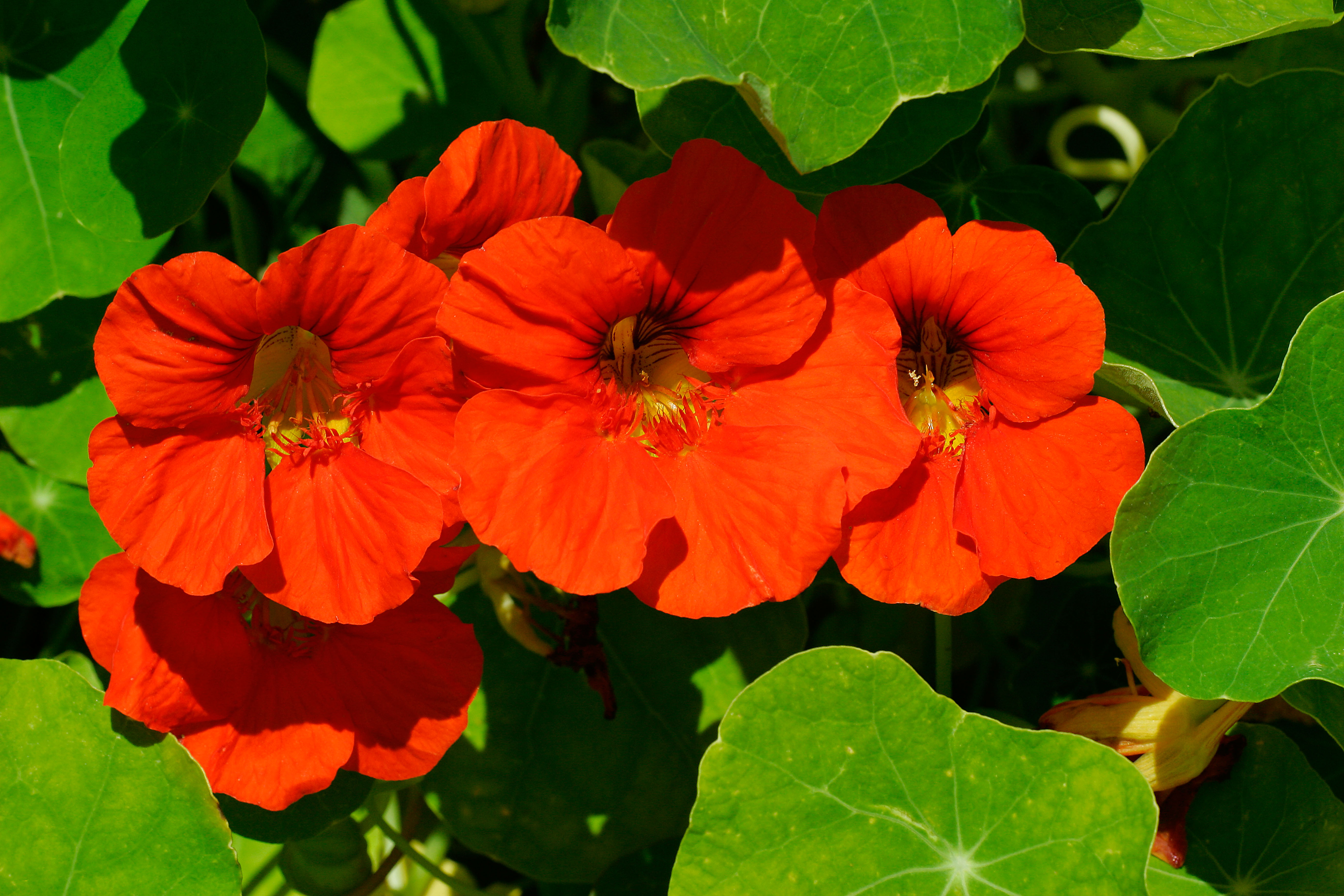
Credit: Alamy
The top salad leaves to grow in your garden for summer garnishes
Mark Diacono tells us his top salads to plant to accompany barbecues this summer season.
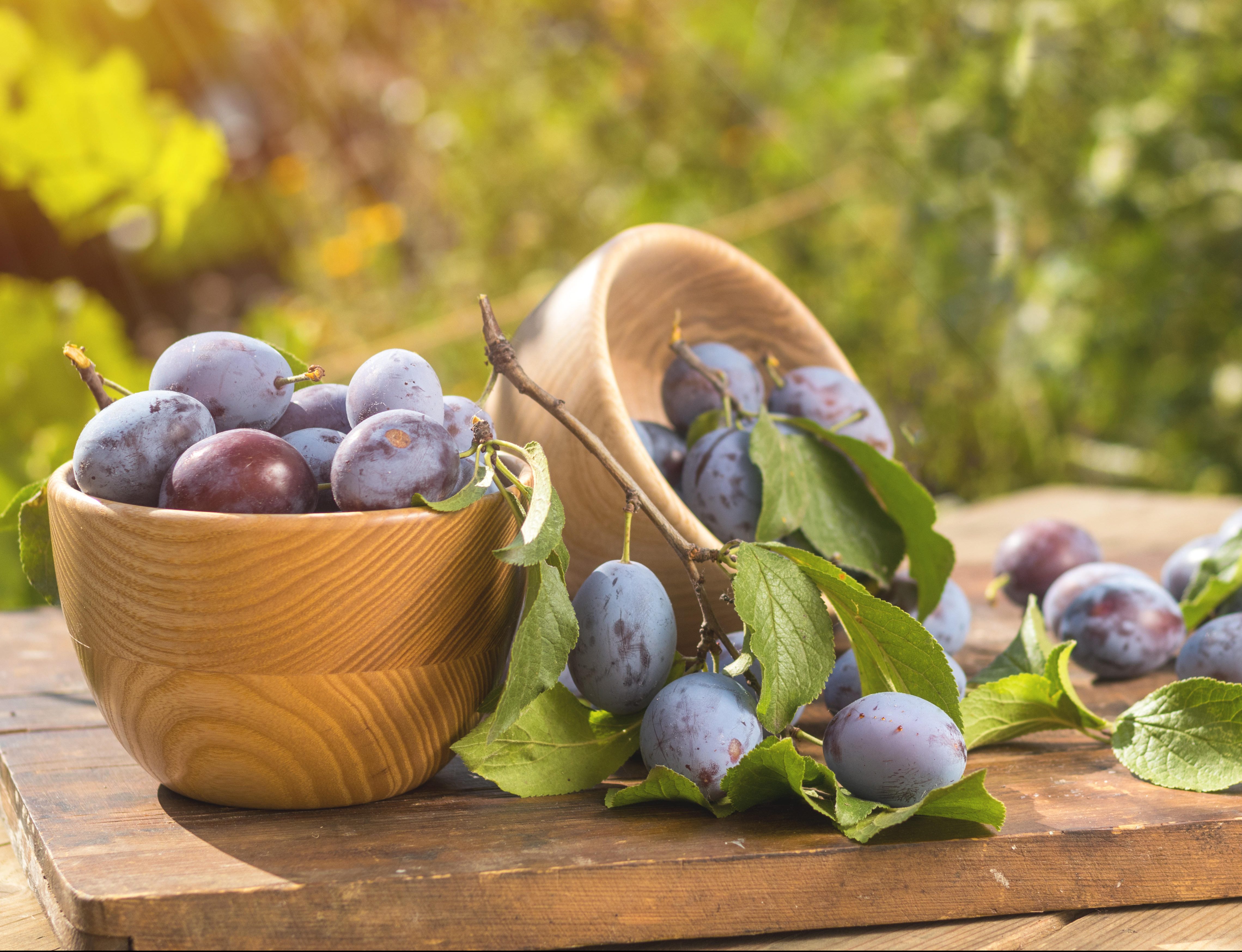
Plums to grow, plums to show, and plums to pop in your gin
Mark Diacono picks his favourite plums — and their close relatives, damsons, mirabelles, bullaces and gages.
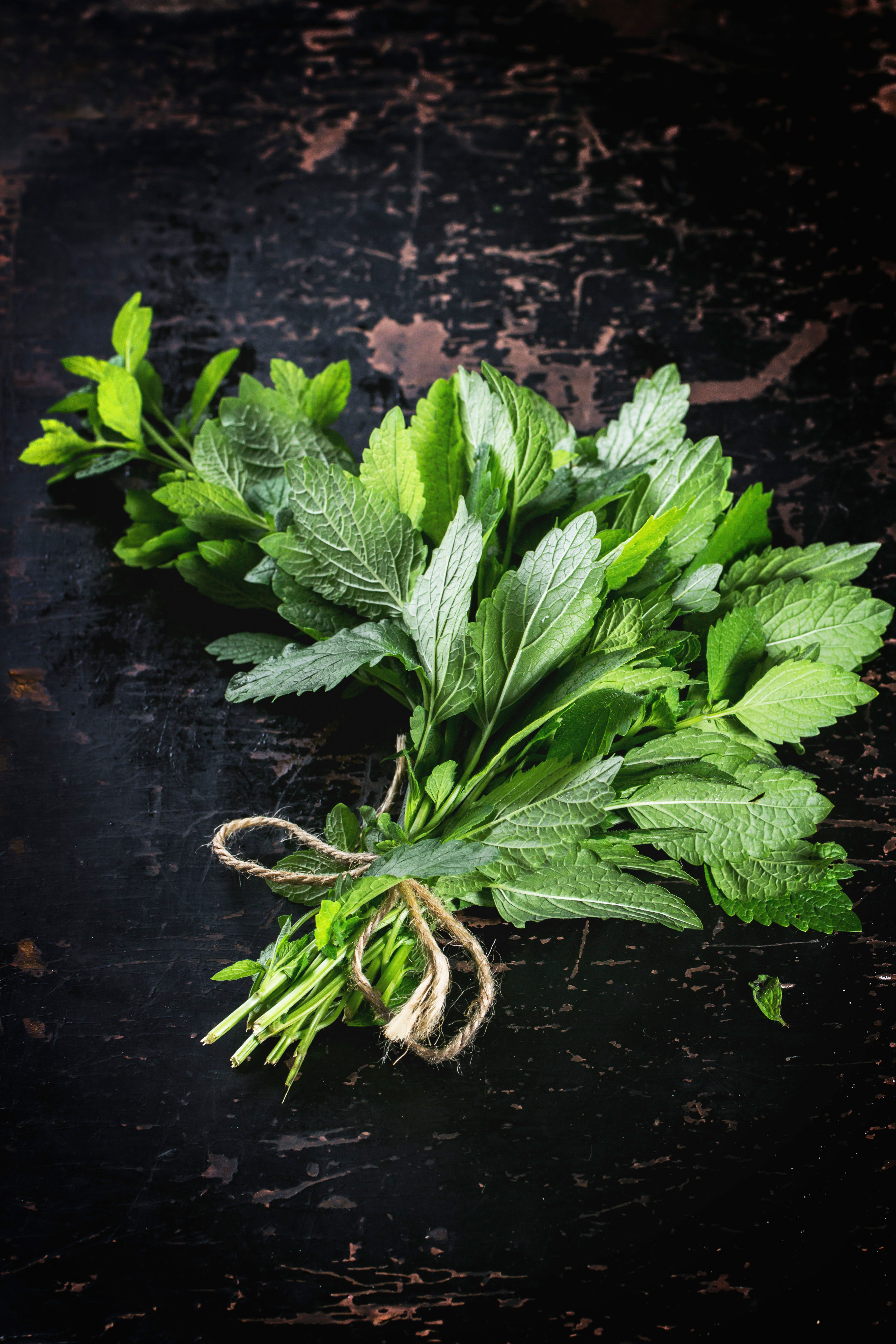
Credit: Alamy
Cultivating mint: What varietals to plant, where to plant them and whether they should be used for jelly or juleps
Mark Diacono explains why mint is for even the incurably incompetent horticultural enthusiast.

How to enjoy home-grown berries for seven months of the year
Mark Diacono offers us some berry good advice for enjoying our breakfast favourites, whatever the season.

Credit: Alamy Stock Photo
Rhubarb: The pink promise of spring
Mark Diacono extolls the virtues homegrown rhubarb and reveals how to get the best out of your crop.
Mark is lucky enough to spend most of his time eating, growing, writing and talking about food. He has written fourteen award-winning books, including A Year at Otter Farm and A Taste of the Unexpected (both won Food Book of the Year, and Garden Book of the Year). Known for growing everything from Szechuan pepper to pecans to Asian pears, Mark's refreshing approach to growing and eating has done much to inspire a new generation to grow some of what they eat. He was involved in the early days of River Cottage, appearing in the TV series, and writing four River Cottage books. Mark writes to a global audience on his best-selling Substack: Mark Diacono’s Abundance.
